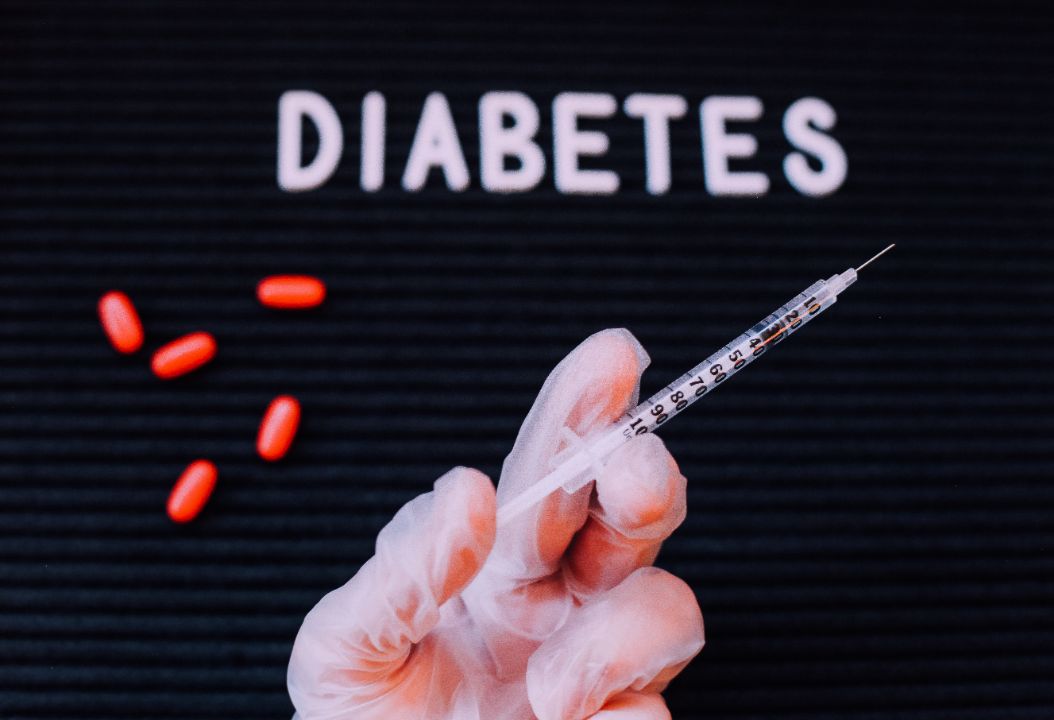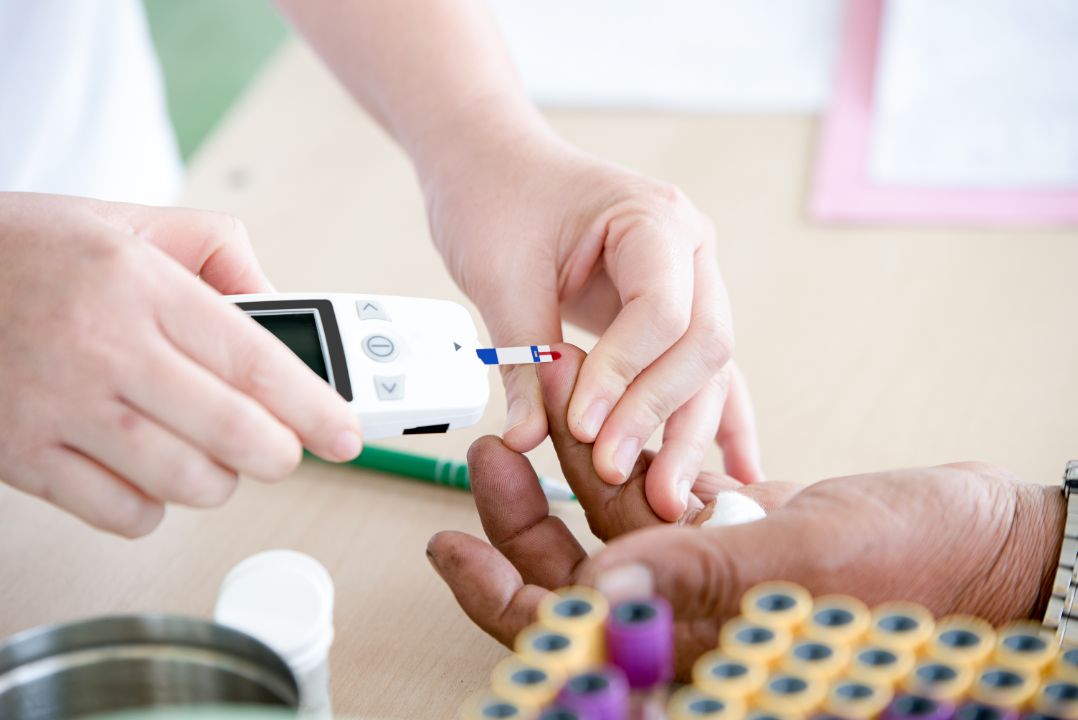Diabetes is a chronic medical condition that affects the body’s ability to regulate blood sugar levels. There are different types of diabetes, including Type 1, Type 2, and Pre-Diabetic, each with its unique characteristics and management strategies.
Type 1 diabetes is an autoimmune disease that occurs when the body’s immune system attacks and destroys the insulin-producing cells in the pancreas. This results in a lack of insulin, which is necessary to regulate blood sugar levels properly. Type 2 diabetes is more common and occurs when the body becomes resistant to insulin or does not produce enough insulin to regulate blood sugar levels.
Pre-Diabetes is a condition in which blood sugar levels are higher than normal but not high enough to be classified as diabetes. However, if left untreated, it can progress to Type 2 diabetes.
The symptoms of diabetes can vary, but common signs include fatigue, increased thirst, frequent urination, and blurry vision. Early diagnosis and proper management of diabetes are crucial in preventing complications such as kidney disease, heart disease, and neuropathy.
Management strategies for diabetes include medication, lifestyle modifications such as regular exercise, and a balanced diabetic diet. Working with healthcare professionals is essential in developing an effective management plan to control blood sugar levels and reduce the risk of complications.

Photo Credit: ElinaVeresk, Envato
Type 1 diabetes, also known as juvenile diabetes, is a chronic condition in which the pancreas is unable to produce enough insulin. Insulin is a hormone that regulates blood sugar levels, and without enough insulin, glucose builds up in the blood and can lead to serious complications.
The exact cause of Type 1 diabetes is unknown, but it is believed to be an autoimmune disorder in which the immune system mistakenly attacks and destroys the cells in the pancreas that produce insulin. Some risk factors for Type 1 diabetes include genetics, family history, and exposure to certain viruses.
The symptoms of Type 1 diabetes can develop quickly and may include increased thirst, frequent urination, extreme hunger, fatigue, blurred vision, and unexplained weight loss. If left untreated, Type 1 diabetes can lead to serious complications, such as heart disease, nerve damage, kidney damage, and blindness.
Diagnosis of Type 1 diabetes usually involves a blood test to measure blood sugar levels. Treatment for Type 1 diabetes typically involves insulin therapy, which can be administered through injections or an insulin pump. It is important for individuals with Type 1 diabetes to monitor their blood sugar levels regularly and to follow a healthy diet and exercise plan to manage the condition effectively.
Type 2 diabetes is the most common type of diabetes and affects millions of people worldwide. Unlike Type 1 diabetes, which is caused by the immune system attacking the pancreas, Type 2 diabetes is a chronic condition that results from the body’s inability to use insulin effectively.
Type 2 diabetes is more common in adults, but it can also affect children. The condition is more prevalent in people who are overweight or have a family history of diabetes. Other risk factors include physical inactivity, high blood pressure, and abnormal cholesterol levels.
The exact cause of Type 2 diabetes is unknown, but it is believed to be a combination of genetic and environmental factors. Insulin resistance, where the body’s cells do not respond to insulin effectively, is a key factor in the development of Type 2 diabetes.
The symptoms of Type 2 diabetes can develop gradually and may go unnoticed for a long time. They can include increased thirst, frequent urination, blurred vision, fatigue, slow healing of cuts and bruises, and tingling or numbness in the hands and feet.
Lifestyle modifications are an essential component of managing Type 2 diabetes. This can include regular physical activity, healthy eating, and weight loss. In some cases, medication may also be required to manage blood sugar levels. Oral medications such as Metformin, Glipizide, and Pioglitazone are commonly prescribed for Type 2 diabetes.
Along with medication, regular monitoring of blood sugar levels is necessary to prevent complications associated with Type 2 diabetes, such as heart disease, stroke, and kidney disease. A well-balanced diet that includes whole grains, fruits, vegetables, lean protein, and healthy fats is also crucial for managing Type 2 diabetes.
Pre-diabetes is a condition that can be a warning sign that you are at risk of developing Type 2 diabetes. It is a condition where the blood sugar levels are higher than normal but not yet high enough to be deemed as diabetes. According to the Centers for Disease Control and Prevention (CDC), over 84 million people in the United States have pre-diabetes, and many of them are not even aware of it.

Photo Credit: tridsanu, Envato
Pre-diabetes can be caused by various factors, including genetics, physical inactivity, and obesity. If left unmanaged, pre-diabetes can lead to the development of Type 2 diabetes, a chronic condition that affects the way the body processes blood sugar.
It is essential to recognize the symptoms of pre-diabetes, which include increased thirst, frequent urination, and blurred vision. If you have these symptoms, it is important to seek medical advice and undergo further testing to determine if you have pre-diabetes or Type 2 diabetes.
The good news is that pre-diabetes can be reversed through lifestyle changes, including a healthy diet and regular exercise. Losing as little as 5-10% of your body weight can significantly reduce the risk of developing Type 2 diabetes. Dietary modifications, such as cutting back on sugar and processed food, can also help manage pre-diabetes.
In addition to lifestyle changes, medication may be necessary to control blood sugar levels and prevent the progression from pre-diabetes to Type 2 diabetes. However, medication is not always necessary in all cases of pre-diabetes management.
In conclusion, pre-diabetes is a warning sign that you are at risk of developing Type 2 diabetes. Recognizing the symptoms and taking proactive steps, such as making lifestyle changes, can help prevent the onset of Type 2 diabetes and improve overall health and wellbeing.
Diabetes is a metabolic disorder that affects the way your body uses energy from food. It is important to recognize the symptoms of diabetes to ensure timely diagnosis and proper management.
Some of the physical symptoms of diabetes include:
If you experience any of these symptoms, it is important to seek medical advice for timely diagnosis and treatment.
Diabetes can also manifest in other ways, such as:
If you experience any of these symptoms, it is important to consult with your healthcare provider for proper evaluation and treatment.
Managing diabetes involves a variety of strategies to keep blood sugar levels under control, reduce the risk of complications, and improve overall health.
For many people with diabetes, medication is essential to keep blood sugar levels in check and prevent complications. Insulin injections, oral medications, and other treatments may be prescribed based on the type of diabetes and individual needs.
Monitoring blood sugar levels is also crucial for effective diabetes management. Regular blood glucose testing can help identify problems early on and enable prompt adjustments to medication and lifestyle choices.
Adopting healthy habits can be beneficial for managing diabetes. Regular physical activity can help lower blood sugar levels, improve heart health, and boost overall well-being.

Photo Credit: Neirfy007, Envato
Following a balanced diabetic diet is also important. This may involve limiting carbohydrates, choosing foods with a low glycemic index, and avoiding sugary and processed foods. Working with a dietitian can be helpful in creating a personalised meal plan.
Education and support are key components of diabetes management. This may include learning about the condition and its management, developing a self-care plan, and working with healthcare professionals to achieve goals.
Support from family, friends, and support groups can also be beneficial. Diabetes can be challenging, and having a support system can provide encouragement, motivation, and help in coping with the emotional and practical aspects of the condition.
Effective diabetes management involves a combination of medication, lifestyle modifications, education, and support. By taking an active role in diabetes care, individuals can better control blood sugar levels, reduce the risk of complications, and improve overall health and well-being.
There are three main types of diabetes: Type 1, Type 2, and Pre-Diabetic.
Type 1 diabetes is an autoimmune condition where the body’s immune system mistakenly attacks and destroys the insulin-producing cells in the pancreas. It requires lifelong insulin therapy for management.
Type 2 diabetes is a metabolic disorder characterized by insulin resistance and high blood sugar levels. It is often associated with lifestyle factors such as poor diet, sedentary lifestyle, and obesity.
Pre-Diabetes is a condition where blood sugar levels are higher than normal, but not yet high enough to be classified as diabetes. It is a warning sign and an opportunity for early intervention to prevent the development of Type 2 diabetes.
Common symptoms of diabetes include increased thirst, frequent urination, unexplained weight loss, fatigue, blurred vision, and slow wound healing. It is important to seek medical advice for timely diagnosis and treatment.
Effective management strategies for diabetes include medication, lifestyle modifications such as regular exercise and weight management, and following a balanced diabetic diet. It is crucial to monitor blood sugar levels and work closely with healthcare professionals for optimal management.